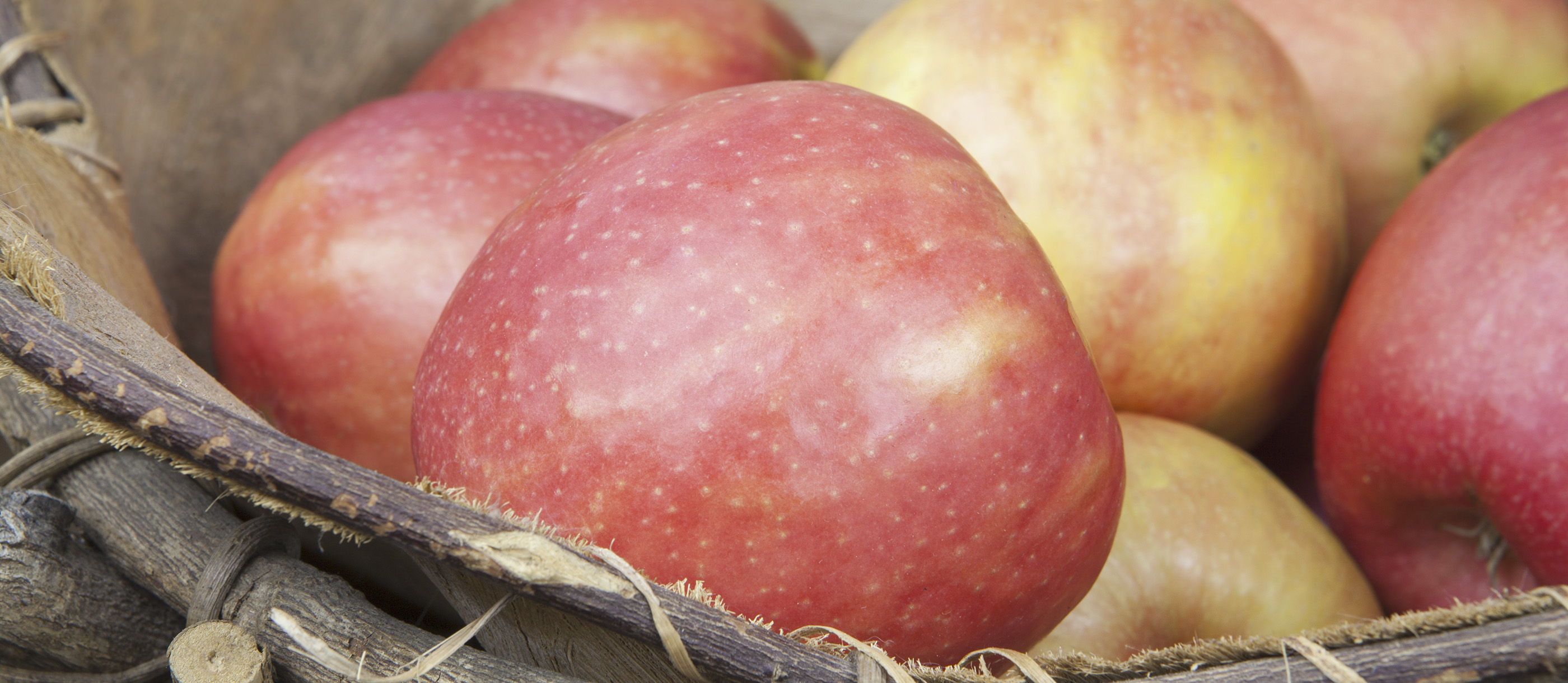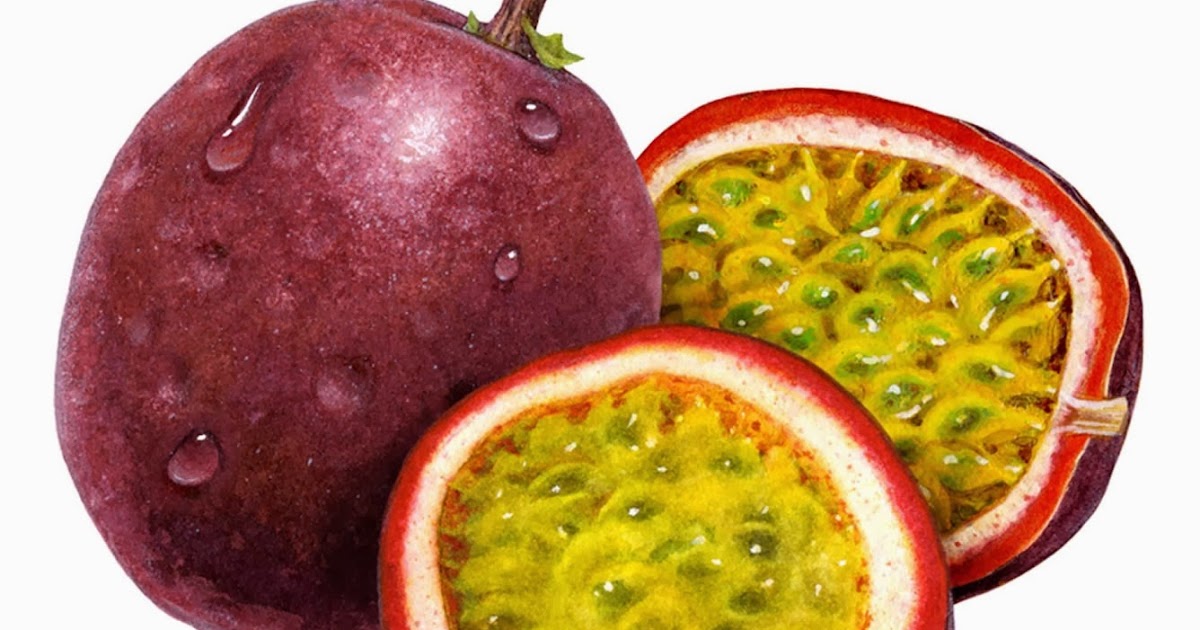A Taste of Australia: Exploring the Unique Fruits Native to the Land Down Under
A Taste of Australia: Exploring the Unique Fruits Native to the Land Down Under

Australia, a continent known for its diverse landscapes and unique wildlife, also boasts a fascinating array of native fruits. From the vibrant colours of the Davidson plum to the sweet aroma of the finger lime, these fruits offer a unique taste of Australia’s rich biodiversity. This article delves into the world of Australian native fruits, exploring their history, characteristics, and culinary uses, as well as highlighting their potential for future development.
A History Rooted in Aboriginal Culture
Related Articles: A Taste of Australia: Exploring the Unique Fruits Native to the Land Down Under
- Unveiling The Secrets Of The Australian Dreamtime: A Journey Through Symbolic Landscapes
- The Whispers Of Creation: Unpacking The Sacred Instructions Of Australia’s First Peoples
- A Legacy Of Protection: Examining The Successes And Challenges Of The Aboriginal Heritage Act 1972
- Unveiling The Mysteries: A Deep Dive Into Aboriginal Dreamtime Symbols And Their Meaning
- The Lingua Franca Of The Land Down Under: Exploring The Language Of Australia
For millennia, Aboriginal Australians have been cultivating and consuming native fruits. These fruits played a vital role in their diet and cultural practices, providing sustenance, medicine, and spiritual significance. Indigenous knowledge about the uses and properties of these fruits has been passed down through generations, ensuring their continued importance in Aboriginal culture.
The Diverse World of Australian Native Fruits
Australia’s diverse climate and geographical features have resulted in a wide variety of native fruits, each with its own unique characteristics. Here are some of the most notable examples:
1. Davidson Plum: This small, dark purple fruit is packed with antioxidants and has a tangy, slightly tart flavour. It is often used in jams, chutneys, and sauces, adding a unique depth to savoury dishes.
2. Finger Lime: Also known as the "citrus caviar," this fruit features tiny, pearl-like segments that burst with a refreshing, citrusy flavour. Its delicate texture and vibrant colour make it an excellent garnish for seafood, salads, and cocktails.
3. Quandong: This fleshy, orange-red fruit grows on a small desert tree and has a sweet, tart flavour reminiscent of apricots. It is traditionally used in jams, chutneys, and desserts, adding a touch of sweetness to savoury dishes.
4. Bush Tomato: This small, red fruit has a unique, peppery flavour that adds a kick to salads, dips, and sauces. It is also a rich source of vitamins and antioxidants.
5. Kakadu Plum: This small, yellow fruit is the world’s richest source of vitamin C, making it a powerful antioxidant. It has a tart, tangy flavour and is often used in jams, juices, and health supplements.

6. Illawarra Plum: This large, purple fruit has a sweet, slightly tart flavour and a firm texture. It is often used in jams, pies, and sauces, adding a touch of sweetness and acidity to dishes.
7. Native Mulberry: This small, black fruit has a sweet, slightly tart flavour and a soft texture. It is often used in jams, cakes, and ice cream, adding a unique flavour and visual appeal to desserts.
8. Riberry: This small, red fruit has a sweet, slightly tart flavour and a juicy texture. It is often used in jams, sauces, and desserts, adding a touch of sweetness and acidity to dishes.
9. Mountain Pepper: This small, black fruit has a spicy, peppery flavour that adds a kick to dishes. It is often used as a seasoning for meat, fish, and vegetables.
10. Native Peach: This small, yellow fruit has a sweet, slightly tart flavour and a juicy texture. It is often used in jams, pies, and desserts, adding a touch of sweetness and acidity to dishes.

Beyond the Bush: Cultivating Native Fruits for the Future
While many native fruits have been traditionally consumed by Aboriginal Australians, their potential for wider commercialization is only beginning to be explored. The unique flavours, nutritional value, and potential for new product development make these fruits a promising avenue for Australian agriculture.
Challenges and Opportunities
However, challenges remain in cultivating and marketing native fruits. These include:
- Limited availability: Many native fruits are still relatively rare and difficult to cultivate on a large scale.
- Seasonality: Most native fruits have a short harvest season, making it challenging to ensure year-round availability.
- Lack of awareness: Many consumers are unfamiliar with native fruits and their culinary potential.

Despite these challenges, there are opportunities for growth in the native fruit industry. This includes:
- Increased research: Ongoing research into cultivation techniques, processing methods, and market demand is crucial for the development of a thriving native fruit industry.
- Government support: Government initiatives to promote the cultivation and marketing of native fruits can help to accelerate their growth and development.
- Consumer education: Raising awareness about the unique flavours, nutritional benefits, and culinary potential of native fruits can stimulate consumer demand.
The Future of Australian Native Fruits
The future of Australian native fruits is bright. With continued research, government support, and consumer education, these unique fruits have the potential to become a significant part of the Australian food landscape. Their unique flavours, nutritional value, and cultural significance offer a taste of Australia’s rich biodiversity and a glimpse into its ancient traditions.
FAQ about Fruit Native to Australia
1. Where can I find native fruits?
Native fruits are available in some specialty markets, farmers markets, and online retailers. Some restaurants and cafes also feature native fruits on their menus.
2. Are native fruits good for you?
Many native fruits are rich in vitamins, minerals, and antioxidants, making them beneficial for overall health.
3. How do I cook with native fruits?
Native fruits can be used in a variety of ways, from jams and chutneys to desserts and sauces. Experiment with different recipes and discover the unique flavour profiles of each fruit.
4. Are native fruits sustainable?
Cultivating native fruits can contribute to the conservation of biodiversity and support local communities.
5. What are some tips for growing native fruits?
Research the specific requirements of each native fruit, such as soil type, climate, and water needs. Consider planting them in a sunny location with well-drained soil.
6. What are some popular native fruit recipes?
There are many recipes available online and in cookbooks featuring native fruits. Search for "Davidson plum jam," "Finger lime salad," or "Quandong chutney" for inspiration.
7. How can I support the native fruit industry?
Purchase native fruits from local farmers markets or online retailers. Spread the word about these unique fruits and encourage others to try them.
8. Where can I learn more about native fruits?
There are numerous resources available online and in libraries, including websites, books, and articles dedicated to Australian native fruits.
Conclusion
The diverse world of Australian native fruits offers a unique and delicious taste of the continent’s rich biodiversity. From the tangy Davidson plum to the refreshing Finger lime, these fruits provide a culinary adventure and a glimpse into the ancient traditions of Aboriginal Australia. As awareness and demand for these unique fruits grow, their future looks bright, promising a sustainable and delicious future for Australian cuisine.

Closure
Thus, we hope this article has provided valuable insights into A Taste of Australia: Exploring the Unique Fruits Native to the Land Down Under. We hope you find this article informative and beneficial. See you in our next article!


